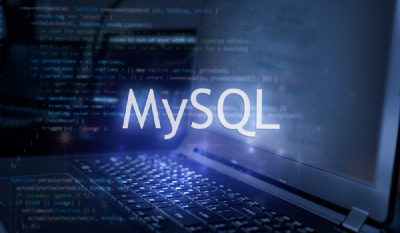Highlights:
- Sumo Logic Inc. has recently developed features that forecast application, cloud, infrastructure consumption, and resource demands based on previous data.
- Hundreds of businesses use the cloud-based data analytics software from Sumo Logic to gain insights into the state of their IT infrastructure.
Sumo Logic Inc., the creator of an analytics-based platform for application performance management and observability, has recently developed features that forecast application, cloud, infrastructure consumption, and resource demands based on previous data.
It is also increasing its support for the OpenTelemetry set of tools, application programming interfaces, and software development kits for instrumenting, generating, collecting, and exporting telemetry data.
Hundreds of businesses use the cloud-based data analytics software from Sumo Logic to gain insights into the state of their IT infrastructure. Its software includes log management, cloud monitoring, software container management, microservices, and cloud security.
Full-stack predictions
Sumo claims to be the first and only full-stack observability platform that delivers predictive analytics for metrics, events, logs, and traces, the essential data components of observability. The service is designed to reduce resource constraints and unanticipated system burdens while mitigating the uncertainty that fluctuating cloud usage introduces to capacity management.
According to the company, Predict for Metrics employs linear and autoregressive models to make predictions by leveraging historical data points to forecast future trends. Metrics query language operators let users view anticipated numbers and integrate them into Sumo Logic dashboards.
Sumo Logic already has predictive capabilities for logs, the company’s native data type. Erez Barak, the company’s General Manager and Vice President of engineering, said, “Our origin was in logs, so that made it easier for us to foray into the prediction world. Since we have that baseline of log data, we can establish a baseline for metrics as well.”
Barak stated that the company has obtained an acceptable level of accuracy in internal evaluations and with early adopters. Although Sumo Logic employs aggregated and anonymous data to enhance the quality of its overall predictions, he stated that, “we would never have a situation where one customer’s data is used for another customer.”
The feature may also be used to predict how many Sumo Logic credits will be utilized, saving users from unforeseen costs. It may also do analytics on application performance management trace data to forecast the load on an application or its underlying microservice, allowing customers to better estimate how much CPU, memory, and storage space to supply across Amazon Web Services Inc.
Organizations can now also determine which resources, such as those provisioned for AWS DynamoDB or Provisioned Memory for AWS Lambda functions, will run out of capacity.
Aboard the OpenTelemetry Express
Sumo Logic announced this week at the KubeCon CloudNativeCon event that it has streamlined the process of getting customers up and running on its platform and added support for the Windows operating system to its Distribution for OpenTelemetry Collector.
More than 30 applications are currently using OpenTelemetry for database, server, and infrastructure monitoring, according to the company. Sumo Logic Distro for OT is a product that can capture telemetry data from MacOS, Linux, and Windows platforms using a singular collector.
OpenTelemetry is acquiring traction as a means for organizations to standardize their observability practices and monitor metrics, logs, and traces collectively instead of separately. Despite the fact that most observability vendors support OpenTelemetry to some extent, Barak claimed that some need open data to be combined with proprietary data types, necessitating users to maintain multiple back ends and increasing the risk of vendor lock-in.
On the other hand, Sumo Logic claims it offers a method for ingesting OpenTelemetry data via a single installation, which helps reduce the various manual data integration steps to a single workflow that can be executed in less than five minutes. The unified agent also facilitates the consolidation of observability onto a single platform.
Barak said, “We’re leaning into this by taking our most important workflows and making sure they work out of the box with OpenTelemetry data. In the last six to 12 months we’re seeing more and more customers saying their future is OTel. That has become their No. 1 driver of strategy and tool consolidation and also for pulling in developers.”
Open Telemetry is the second fastest-growing project in the Cloud Native Computing Foundations ecosystem, after Kubernetes, as measured by the number of developer contributions.












